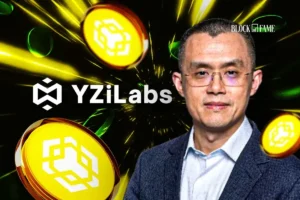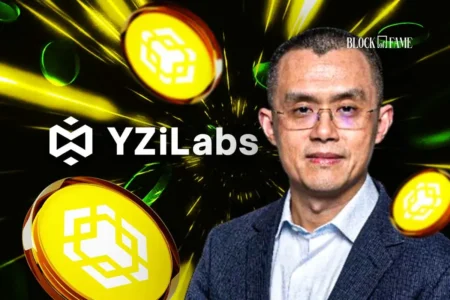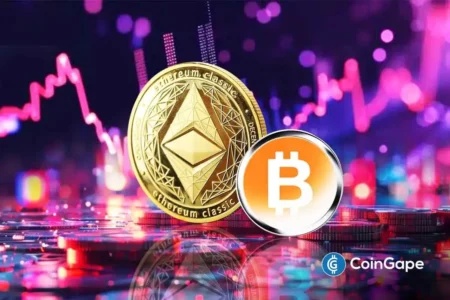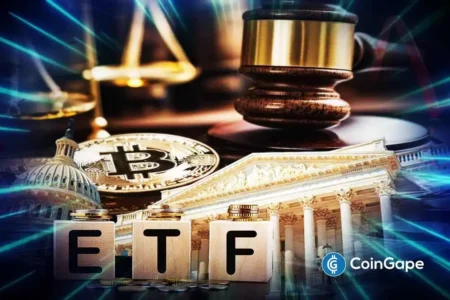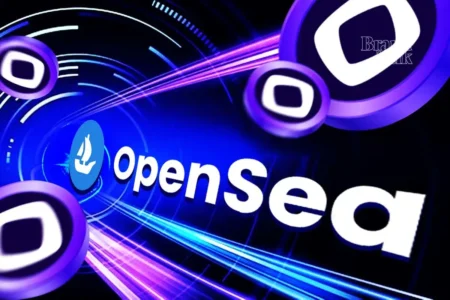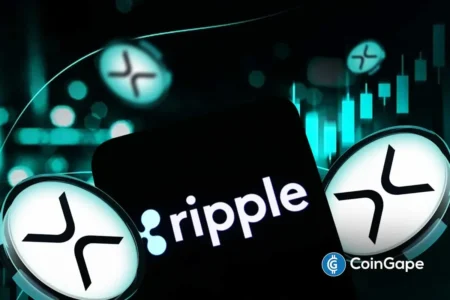Charles Hoskinson Addresses Mismanagement Allegations: Cardano’s Governance Debate
Charles Hoskinson, the visionary founder of Cardano, recently found himself at the center of a new controversy that questions the integrity of his leadership and the management of the blockchain’s treasury funds. Allegations surfaced from the SLR Cardano Stake Pool account, asserting that Hoskinson has been misappropriating treasury resources to support his other projects, particularly Midnight. These claims have reignited ongoing discussions around transparency and accountability within the Cardano ecosystem.
Rising Criticism on Fund Management
The discontent expressed by the SLR Cardano Stake Pool account painted a troubling image of Hoskinson siphoning funds from the Cardano treasury, suggesting that his focus has shifted away from the core objectives of the Cardano blockchain. The post triggered an immediate backlash, emphasizing the ongoing need for clarity in the funding mechanisms of decentralized projects. This latest wave of criticism has led some community members to question not only the stewardship of Hoskinson but also the overall governance structure that underpins Cardano.
Defending Hoskinson’s Integrity
In response to the allegations, a user known as Marine Chad came to Hoskinson’s defense, labeling the accusations as “completely dead.” According to Chad, there would be no incentive for Hoskinson to misuse on-chain funds given his leadership and commitment to the Cardano project. Interestingly, while SLR softened its rhetoric later, suggesting a positive working relationship with the Cardano Foundation, it still insisted that the tension appears to stem from Hoskinson himself. This juxtaposition raises pertinent questions about the dynamics within the Cardano community and its leadership.
Social Media’s Double Standards
Charles Hoskinson didn’t hold back in expressing his thoughts on social media regarding these recent criticisms. He pointed out a perceived contradiction among community members who simultaneously vilify him while praising the Cardano Foundation. In his tweet, he remarked, “Love seeing the ‘Charles is the enemy of Cardano and he needs to leave’ followed by ‘We have a great time working with the CF.’” This keen observation underscores the challenges of leadership within decentralized networks, where community sentiments can quickly fluctuate, impacting trust and collaboration among stakeholders.
Regulatory Advocacy and Broader Engagement
Amidst the controversies, Hoskinson has also remained active in advocating for Cardano on a wider stage. His recent participation in a regulatory roundtable focused on the Clarity Act for digital assets signals his commitment to engaging with lawmakers and shaping the future landscape of cryptocurrencies. The Clarity Act seeks to establish a cohesive regulatory framework that will govern exchanges, issuers, and investors, highlighting the necessity for cryptocurrencies like Cardano to navigate evolving legal environments effectively.
Importance of Transparency in Governance
It’s crucial to contextualize this controversy within the larger narrative of Cardano’s governance development, particularly as the community shifts toward a model that incorporates more decentralized decision-making under proposals like CIP-1694. While the allegations regarding funds are currently unverified and largely based on social media conjecture, they highlight the pressing need for transparency and straightforward communication. As the Cardano community continues to evolve, establishing trust among users and stakeholders will be vital in maintaining the ecosystem’s integrity and fostering long-term sustainability.
As Cardano navigates through these turbulent waters, the importance of leadership, transparency, and community engagement cannot be overstated. The ongoing dialogue surrounding these issues will be essential for shaping the future of the Cardano blockchain and its governance structure, driving it towards greater resilience and innovation in the blockchain space.
